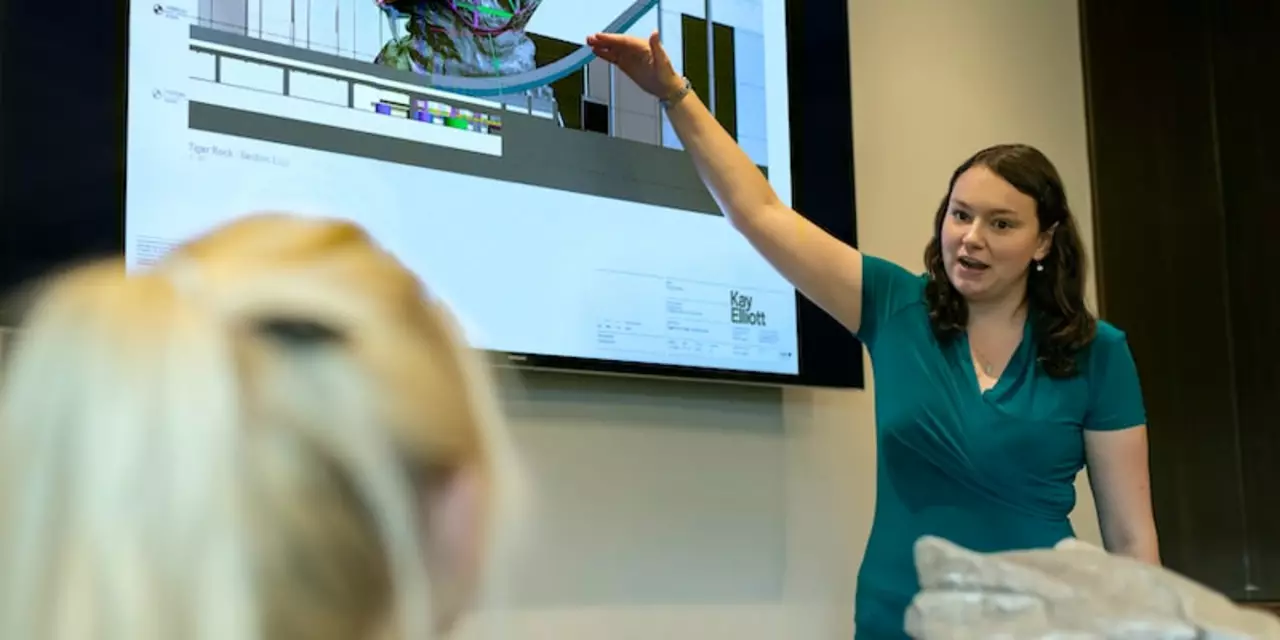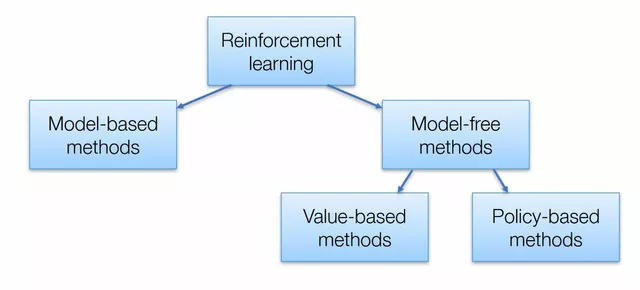Exploring How Technology is Transforming the Learning Experience
The use of technology in education has experienced a major change over the years. Today, technology is used in every aspect of the learning experience, from the way students interact with one another to the way teachers present course material. In this article, we'll discuss some of the best uses of technology in education today.
Online Learning Platforms
One of the most important aspects of technology in education is the advent of online learning platforms. These platforms provide students with access to a wide range of materials, from lectures to coursework. Students can also use these platforms to interact with their peers, ask questions, and engage in meaningful discussions. This makes it easier for students to stay engaged with the material and ensures they have a better understanding of the subject matter.
Interactive Content
Interactive content is another way technology is transforming the learning experience. With interactive content, students can explore topics in greater depth and obtain a more thorough understanding of the material. For example, interactive content can include virtual labs, simulations, and other hands-on activities. This type of content encourages students to take an active role in their learning and helps them develop critical thinking and problem-solving skills.
Personalized Learning
Technology is also being used to create personalized learning experiences for students. With personalized learning, teachers can tailor the material to each individual student's interests and needs. This allows students to progress at their own pace, while still being able to access the same content. Additionally, personalized learning can help teachers identify and address any areas of difficulty that a student may be having, allowing them to receive the help and support they need.
Data-Driven Instruction
Data-driven instruction is another way technology is transforming the learning experience. With data-driven instruction, teachers can assess a student's progress and identify areas of strength or weakness. This helps teachers tailor their instruction to meet the needs of individual students and ensure they are receiving the most effective education possible. Additionally, data-driven instruction can help teachers identify any areas of the curriculum that need to be revised or improved.
In conclusion, technology is playing an increasingly important role in the education system. By utilizing online learning platforms, interactive content, personalized learning, and data-driven instruction, teachers and students alike are able to benefit from a more effective and engaging learning experience. Technology is transforming the way we learn and providing students with the resources and support they need to succeed.
Examining the Benefits of Technology in the Classroom: A Teacher's Perspective
As a teacher, I have seen firsthand the incredible impact that technology can have on student learning. From the use of laptops, tablets, and interactive whiteboards to the incorporation of virtual and augmented reality, technologies are transforming the way that educators teach and students learn. Here, I will examine some of the best uses of technology in the classroom today.
Engaging Students
One of the most powerful uses of technology in education lies in its ability to engage students. Technology can provide an interactive, dynamic learning experience that encourages students to take a more active role in their own learning. For example, interactive whiteboards can be used to create an interactive learning environment, allowing students to explore content in a more meaningful way. Similarly, virtual and augmented reality can be used to create immersive learning experiences that help students understand complex topics in an engaging and meaningful way.
Facilitating Collaboration
Technology can also be used to facilitate collaboration and communication between students. With the use of online collaboration tools, students can easily engage in discussion, exchange ideas, and work together on projects. Additionally, technologies such as video conferencing can be used to connect students with their peers and experts in other locations, allowing them to gain insight and knowledge from others.
Improving Access to Resources
Thanks to technology, students now have access to a wealth of knowledge and resources that were previously unavailable. From online textbooks and articles to virtual field trips and lectures, students can access valuable learning materials from anywhere in the world. Additionally, technologies such as lecture capture systems can be used to record lectures, allowing students to review material at their own pace.
Increasing Efficiency
Technology can also be used to streamline and simplify common tasks, improving the efficiency of the learning process. For example, online grading systems can be used to quickly and accurately grade assignments, allowing teachers to spend more time providing feedback and helping students. Similarly, automated systems can be used to streamline administrative tasks such as attendance tracking and scheduling.
Conclusion
In conclusion, technology has the potential to transform the way students learn, providing a more engaging and collaborative learning experience. From increased access to resources to improved efficiency and collaboration, the benefits of technology in the classroom are undeniable. As teachers, it is our responsibility to ensure that we are taking advantage of these technologies and making the most of their potential to help our students succeed.






Write a comment